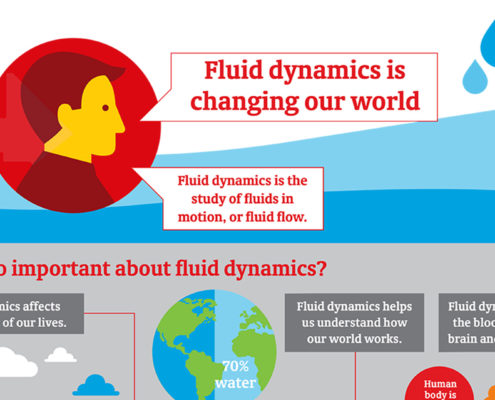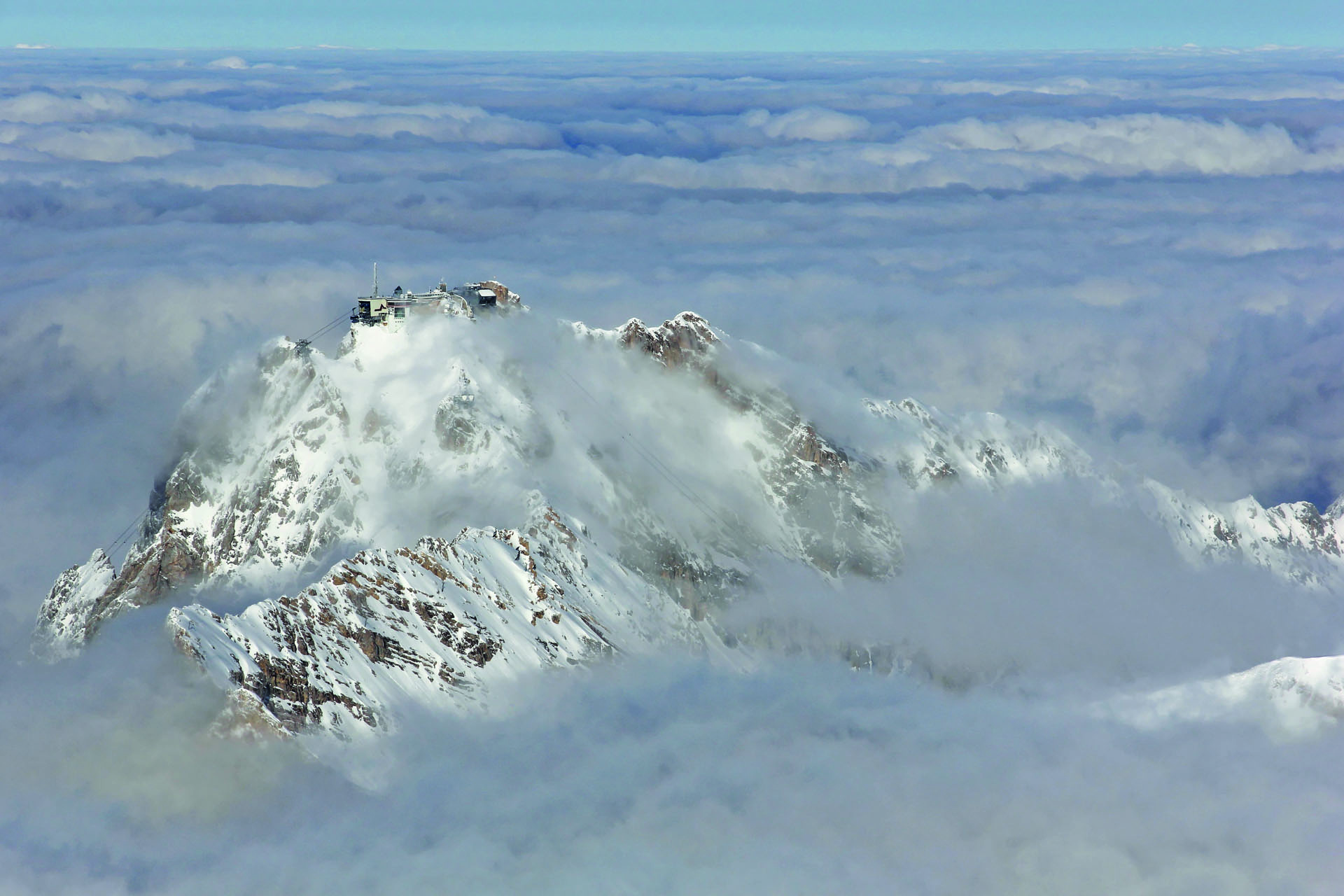Scientists at the Max Planck Institute for Dynamics and Self-organization in Göttingen (Germany) have been simulating and modelling cloud formation for years in a high-tech laboratory setting. However, in a laboratory it is virtually impossible to simulate the process in which tiny droplets collide in turbulent flow, forming larger droplets and ultimately producing rain. Therefore the team decided to create a laboratory in the clouds. They built an installation at the Schneefernerhaus, Germany’s highest environmental research station. It’s location, near the summit of the Zugspitze (2,962 m / 9,718 ft), is frequently covered in dense clouds. When a cloud passes, four high-speed cameras can be run out along a seven-meter rail track, tracking the movement, relative distance and collisions of up to a thousand individual cloud particles. In this way, small cloud
 https://cpp.canon/app/uploads/2018/05/Infographic-Fluid-Dynamics.jpg
1080
1920
Michel van der Wal
Michel van der Wal2018-07-23 10:40:582019-02-18 13:31:53Infographic: fluid dynamics is changing our world
https://cpp.canon/app/uploads/2018/05/Infographic-Fluid-Dynamics.jpg
1080
1920
Michel van der Wal
Michel van der Wal2018-07-23 10:40:582019-02-18 13:31:53Infographic: fluid dynamics is changing our world










